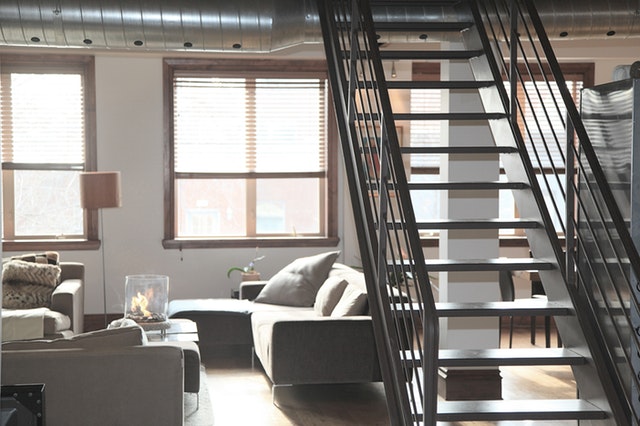Note: This blog post is a sponsored conversation written by Lynn Smythe, the Founder and Chief Blogger for The Creative Cottage lifestyle blog. The opinions, thoughts, ideas and text are all mine.
Loft insulation is a popular topic these days, thanks to concerns about the environment and the fact that most people’s homes aren’t adequately insulated. For loft and attic insulation to work, it has to be correctly installed, about 270 mm thick (about 10.5 inches) and remain uncompressed throughout its lifecycle. Unfortunately for many people, their loft insulation isn’t in good condition, either because it’s squeezed under drywall, walk boards or it’s become damp due to a leaky roof. Are you wondering how much can you save with insulation? Then read on for more information.
You can see why people put drywall or walk boards down on top of their loft insulation – it helps make the attic a usable space. But unfortunately, doing so squeezes the air out of the insulating material, negating its desirable properties and diminishing its effectiveness. Perhaps the extra space you have is worth it, but there is a financial cost to improper insulation.
From None to Adequate Insulation
Insulation usually comes in rolls of material 270 mm thick that are laid out between the rafters in your home. To work effectively, there can’t be any gaps between the rolls; otherwise, warm air will rise through the holes and escape. Once you’ve had insulation installed, you can use an indoor thermometer to track the temperature changes. You should notice that you don’t need to run your heating (or cooling) systems for as long as before, cutting the amount of energy that you use.
The amount of money that you save by installing attic insulation varies according to a range of factors, including the size of your home, your window-to-floor ratio, the leakage in your system, the climate, and the state of your roof. But assuming a 1,700 square-foot property and a home somewhere in the central belt of the US, you could save up to 17 percent, per year on your heating and cooling costs.
Example Of Cost Savings
Suppose, for instance, you spent $3,000 on energy last year. Data shows that typical homes use half of all the energy that they consume on lighting, heating and cooling. So last year, you spent $1,500 on heating and cooling. Now take 17 percent of that figure, and you end up with $ 255.
Putting in loft insulation, therefore, quickly pays for itself in the form of lower energy bills. What’s more, you never need to maintain it. It’ll sit in your attic for up to eighty years doing it’s jobs, returning massive value to you over the long term. Small changes today can all add up to significant financial gains in the future.









+ There are no comments
Add yours